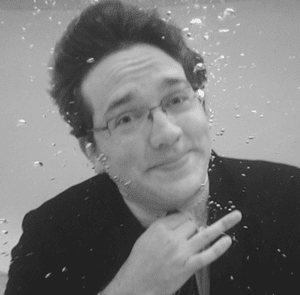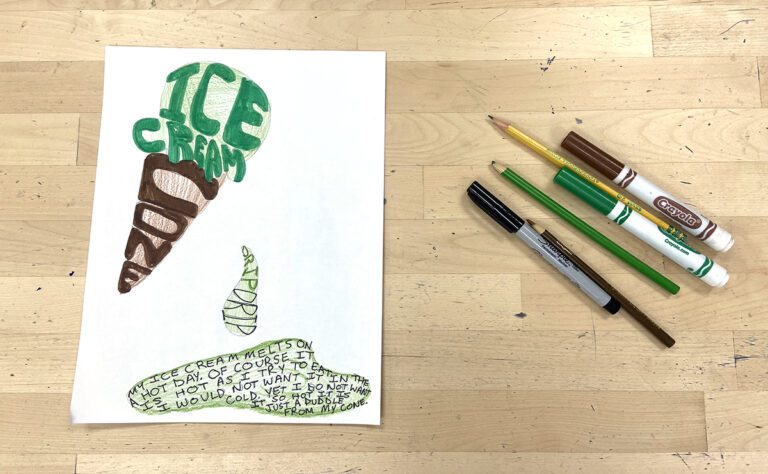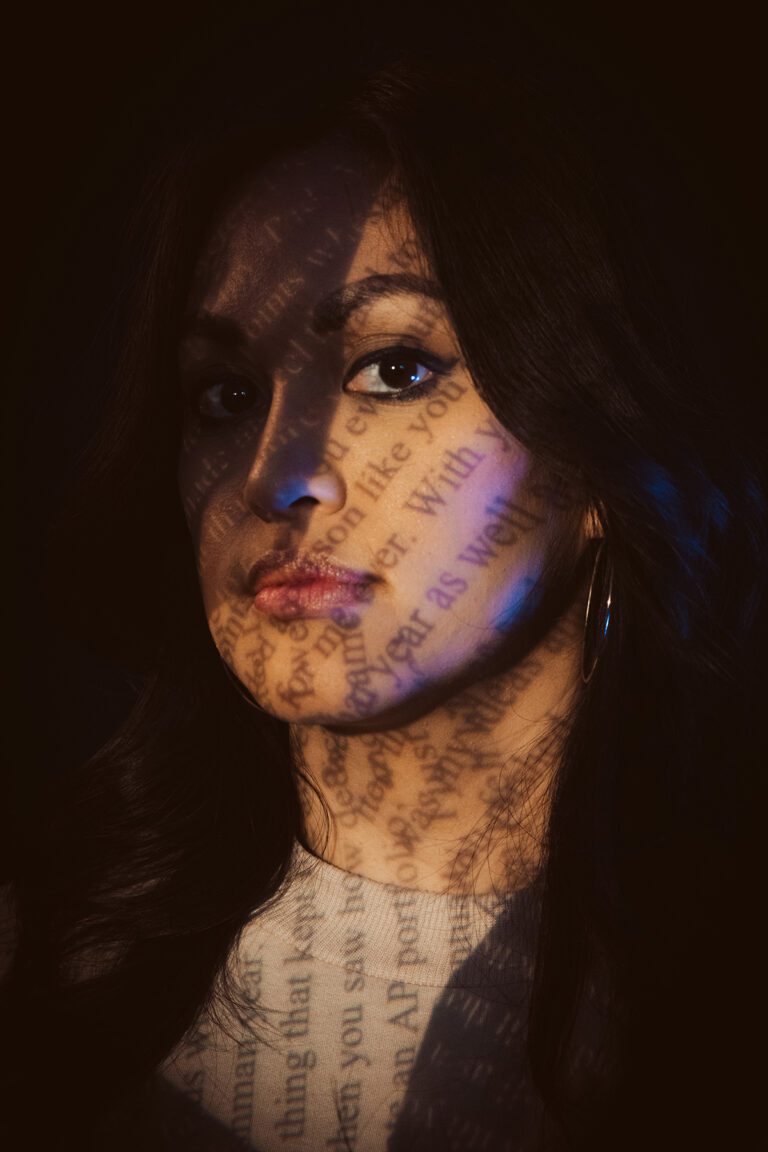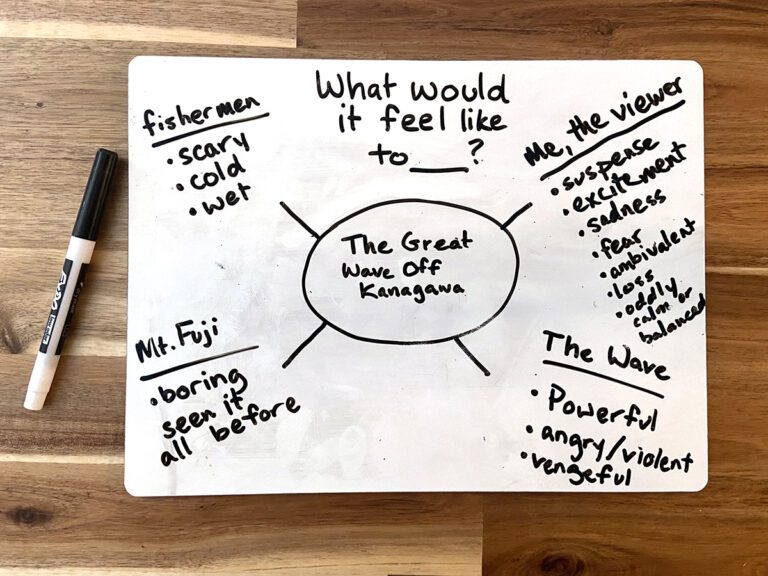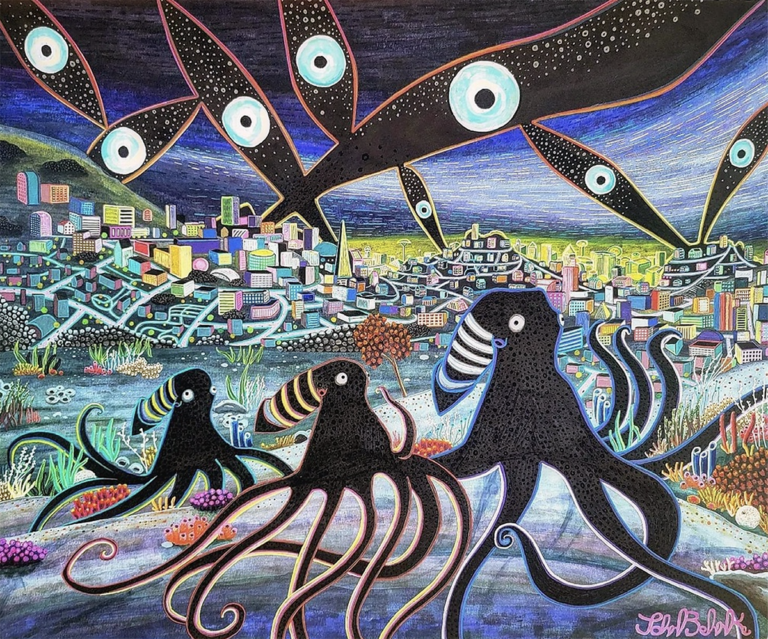Arts Integration, in which the arts are used across the curriculum to establish new avenues for learning, has been gaining a lot of traction lately in the world of education. More and more Arts Integration programs are being developed across the country, including initiatives to help improve achievement in California, and are being cited by the White House as a successful part of their Turnaround Arts Program.
I recently spoke to Dr. Jennifer McCain whose doctoral work is concerned with integration strategies and their results. She let me in on a few things you should know about Arts Integration, which I’d like to share with you today.
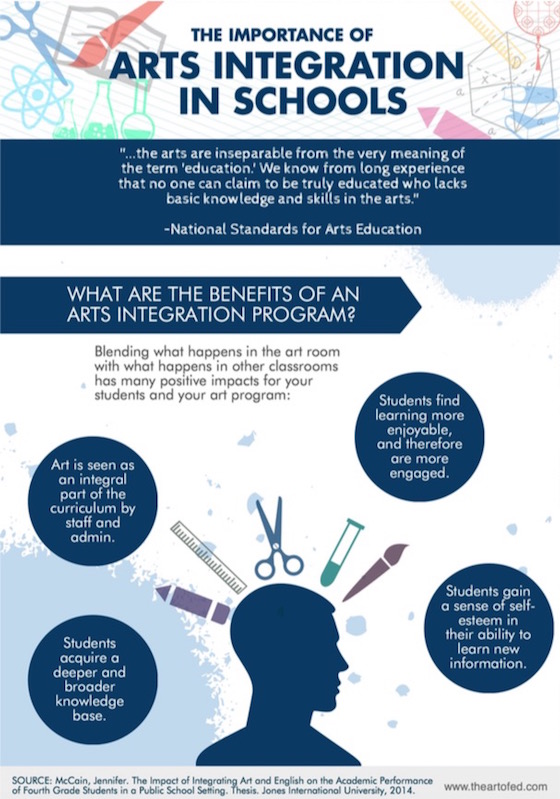
1. Any existing curriculum can be opened to Arts Integration.
Dr. McCain explained it in this way: “It is a teaching technique that takes the content of two areas of study and incorporates both into one lesson or unit of study.” If you can find a connection between two content areas, you’re well on your way.
2. Patience is needed if you will be undertaking Arts Integration in your classroom.
There is already so much on the plate of every art teacher, and it is difficult to add on more and more. You shouldn’t feel like you have to do it all at once, however. “Teachers have the constant struggle to fit everything in,” McCain said. “Planning for integration will be a struggle for some, but over time it will be less stressful and will become a natural part of the process.”
3. Arts Integration can make subjects more meaningful.
As we know, the arts can open up avenues which will bring kids into other subjects that they may not be open to otherwise. And when they can use the skills they have developed in the arts, they are much more invested in their learning. McCain agreed: “Teachers can expect to have students that are more engaged because they are able to utilize other parts of their brain through the learning process. They are able to become better students through the use of creativity. Students’ level of participation increases and their level of engagement increases.”
Teachers can expect to have students that are more engaged because they are able to utilize other parts of their brain through the learning process.
4. Though Integration is natural, it isn’t always easy.
Yes, art lends itself so well to so many different subjects. But before we are able to integrate and take advantage of those natural connections, we need to spend the time it takes to plan lessons the right way. It is a difficult thing to grasp how to make those connections, but once we do, our kids will benefit greatly. McCain explained it as such:
“Using art, I feel, assists students in utilizing various types of learning that are not necessarily tapped into in the regular classroom, such as creativity, and assists them to grasp concepts that they may have difficulty making sense of otherwise.”
5. Arts Integration can positively affect student achievement.
Studies have shown that students who participate in the arts score better on all types of standardized tests, but let’s not forget about the day-to-day achievement of students as well. “When students are being creative and have the chance to express themselves through art, connections can be made to the content that were not possible through traditional learning experiences,” McCain told me. “Students become more active and increase their participation and engagement. Teachers can expect happier students who improve academically. Students can expect to have a more interactive learning experience and be more engaged in their learning.”
Arts Integration can do so many things for so many students, and if you are interested, it is a subject worth looking into. Be patient, do your homework, and be willing to try new things. Your students might just thank you for it!
What are your thoughts about Arts Integration?
What experiences do you have with integrating art into other parts of the curriculum?
Magazine articles and podcasts are opinions of professional education contributors and do not necessarily represent the position of the Art of Education University (AOEU) or its academic offerings. Contributors use terms in the way they are most often talked about in the scope of their educational experiences.
